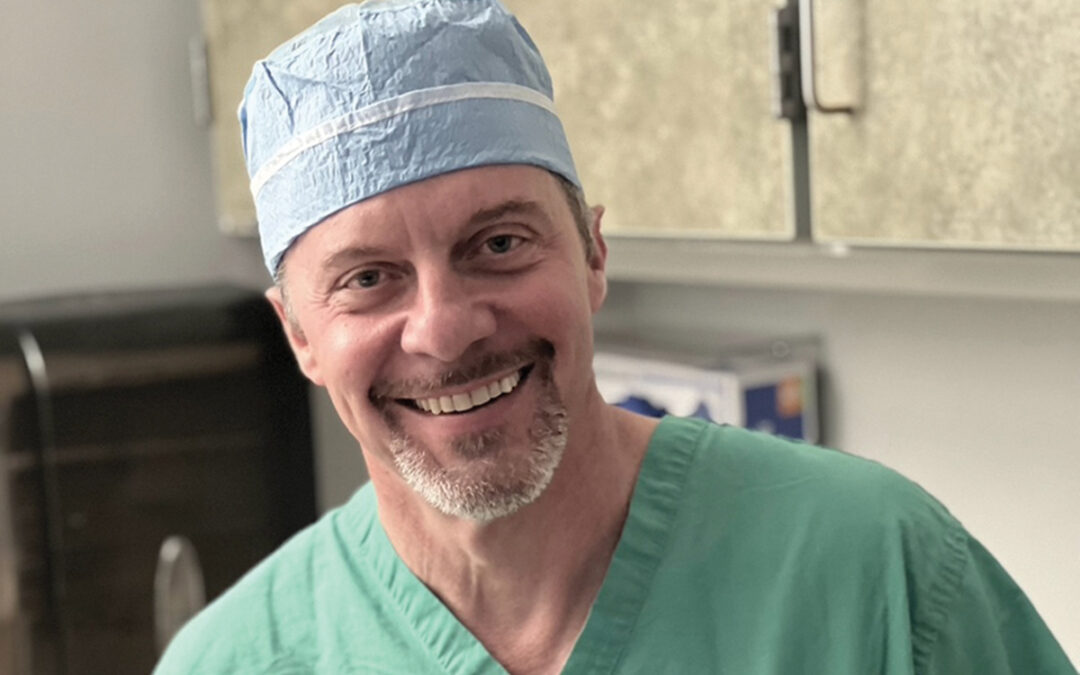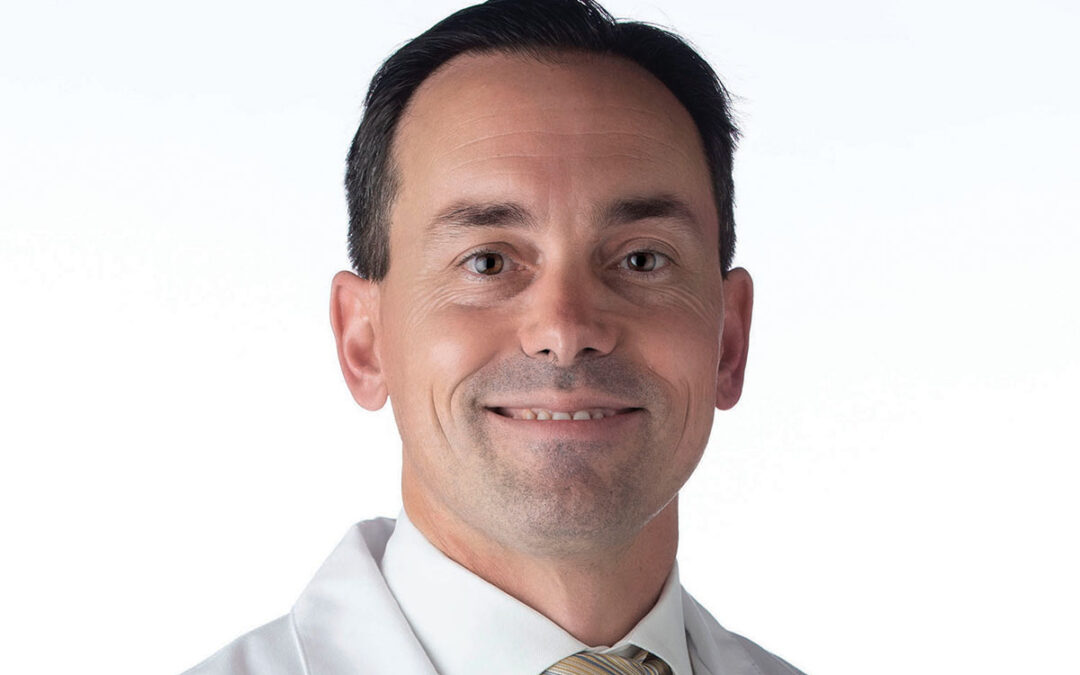
Recent Advances in Bariatric Surgery Allow a Shorter Hospital Stay and Faster Recovery
By Paul J. Watkins
Bariatric surgery, a collection of surgical procedures that help patients lose weight, began in the 1950s. Today, the gastric bypass, sleeve gastrectomy, and duodenal switch are the three primary bariatric procedures performed.
Laparoscopic surgical techniques, first used in the late 1990s, have been the biggest advancement in modern bariatric surgery. They allow surgeons to perform those bariatric procedures through 4-5 incisions, each measuring 1-2 centimeters. This minimally invasive surgical approach results in less blood loss, less tissue disruption, less time under anesthesia, less post-operative pain, a shorter hospital stay, and a quicker recovery.
“Now, patients are leaving the hospital in one or two days after laparoscopic bariatric surgery, rather than staying three, four, or five days following an open surgery,” informs David Thomas, MD, a board-certified general surgeon and fellow of the American Society for Metabolic and Bariatric Surgery. He’s the founding physician of Alamo City Bariatrics in San Antonio and also serves as medical director of bariatric surgery at Northeast Baptist Hospital.
In the past ten years, says Dr. Thomas, robot-assisted surgery has been another important development in bariatric surgery and has allowed bariatric surgeons to perform more technically difficult procedures through small incisions and made the subsequent recoveries even faster for patients. “I have patients who undergo a robot-assisted sleeve gastrectomy and go home the same day. My typical robot-assisted gastric bypass patient goes home the next day. Even my robot-assisted duodenal switch patients typically go home the following day.”
When choosing a bariatric surgeon, it’s important to consider the person’s training. Dr. Thomas says that most bariatric surgeons have completed a general surgery residency of five years, where they learn how to do general surgery and laparoscopic surgery. In addition, most bariatric surgeons have completed advanced training that includes a fellowship or some sort of specialized training in bariatric surgery. Finally, most bariatric surgeons also carry several certifications, including a board certification in general surgery and a fellowship designation by the American College of Surgeons and the American Society for Metabolic and Bariatric Surgery.
“If a patient is interested in bariatric surgery, the first thing I do is talk with them about their medical history, surgical history, current medications, and goals,” notes Dr. Thomas. “Those factors determine which bariatric surgery is best for that patient.
“The overarching goal of weight loss surgery is to improve patients’ quality of life by improving their medical conditions, such as high blood pressure, diabetes, and sleep apnea,” informs Dr. Thomas. “Weight loss is certainly a goal of bariatric surgery, but it’s not the primary goal for many patients. It’s really to get people off a lot of the medications they’re on for their medical conditions.
“It means so much to me when patients come back six months or a year after bariatric surgery, and I can see they’re off all medications, their energy levels are better, and they’re able to interact more with their children or grandchildren,” concludes Dr. Thomas. “It gives me a lot of satisfaction to see that I’ve positively affected someone’s long-term quality of life.”
Please call (210) 780-5832 to make an appointment at Alamo City Bariatrics. Learn more at www.baptistmedicalnetwork.com/locations/detail/alamo-city-bariatrics—alamo-heights.









0 Comments